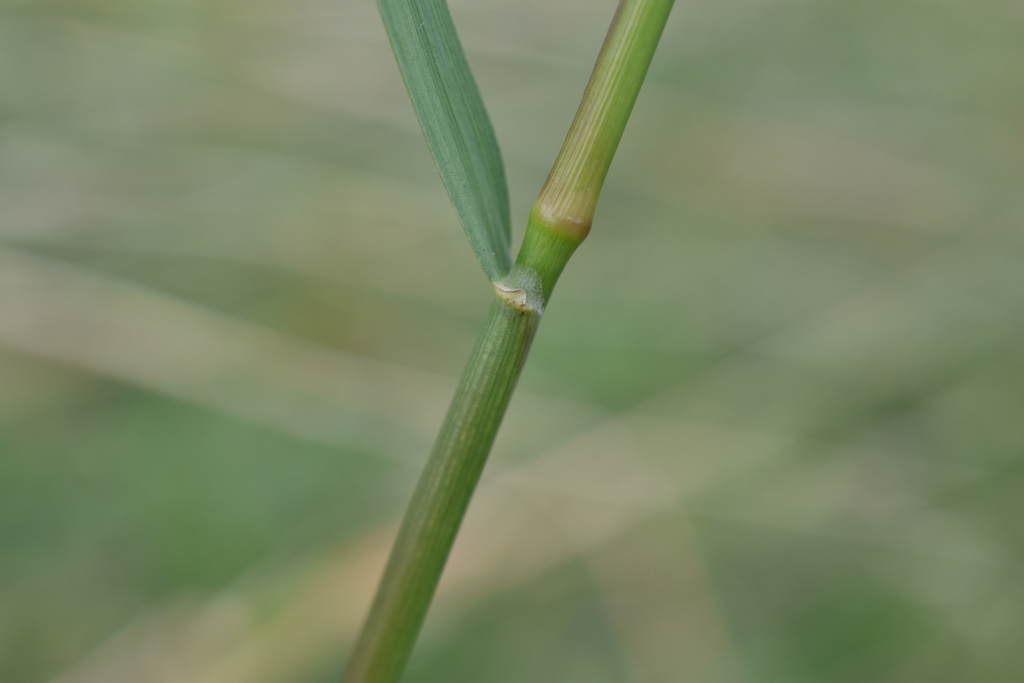Oloptum miliaceum
(L.) M.Roser & H.R.Hamasha Rice MilletPlants perennial, loosely caespitose, not rhizomatous. Culms somewhat cane-like, erect, 50‒150 cm high, erect or geniculate ascending, glabrous, often branching at lower cauline nodes. Leaf sheaths glabrous, persistent, smooth; ligules membranous; basal ligules 0.5‒1.5 mm long, apex truncate; upper ligules 1.5‒4 mm long, apex obtuse to acute; leaf blade (5‒) 0‒30 cm long, 2‒10 mm wide, flat, glabrous, smooth except for finely scabrous margins and nerves on upper surface. Inflorescence an open pyramidal panicle (10–) 20–40 cm long, 3‒15 (‒18) cm wide, open; lower branches whorled, 3‒8 at a node or with 15‒30 or more at the lowest node, these often with sterile spikelets. Spikelets 2.5‒3.5 mm long, elliptic, dorsally compressed with one fertile floret without rachilla extension; disarticulation above the glumes; glumes subequal, longer than the florets, 3-veined, without transverse veinlets, membranous, apices acuminate; florets 2‒2.5 mm long, chartaceous; calluses about 0.3 mm long, with non-grooved circular disarticulation scar, glabrous; lemma 1.6–2 mm long, cylindric to obovoid at maturity, golden brown at maturity, smooth and shining, central vein not grooved, apex awned; awn 3‒5 mm long, straight or weakly bent around the centre, early-deciduos but often remaining held within the inrolled tips of glumes; palea about as long as the lemma, firm, 2-veined. Flowers Aug.-Nov.
MuM, Wim, GleP, VVP, VRiv, RobP, MuF, GipP, OtP, WaP, Gold, CVU, DunT, NIS, HSF, HNF. Naturalised in all States except Queensland.
Occurs predominantly on alluvial soils and often confined to areas near settlements.
 Spinning
Spinning